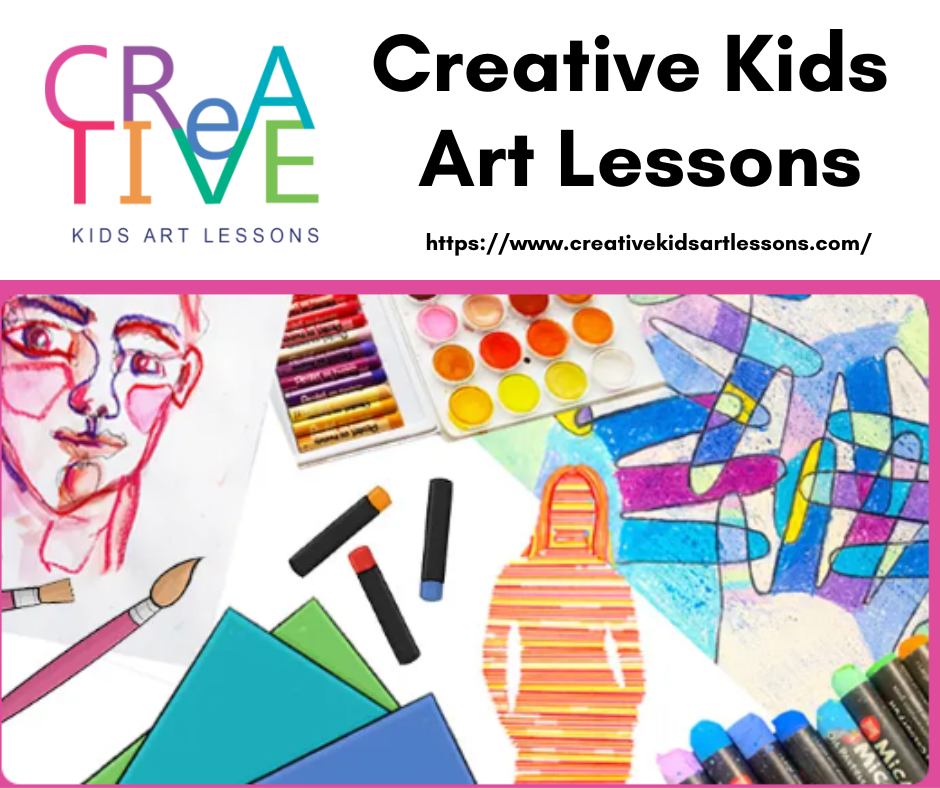
Creating engaging and educational art lesson plans is essential for teachers aiming to inspire creativity and skill development in their students. A well-structured lesson plan not only facilitates learning but also fosters a deeper appreciation for art across different age groups and skill levels.
Understanding the Basics
Before diving into creating lesson plans, it’s crucial for teachers to assess their students’ proficiency levels and interests. Whether teaching elementary school children or high school students, tailoring the content to their understanding ensures relevance and engagement.
Key Components of Art Lesson Plans
Objective Setting: Clearly define what students will learn and achieve by the end of the lesson. This could range from mastering a new technique to understanding the cultural significance of specific art forms.
Materials and Resources: List all necessary materials, such as paints, brushes, and paper, ensuring they are accessible and appropriate for the lesson’s objectives.
Instructional Methods: Choose methods that resonate with diverse learning styles. Incorporating demonstrations, hands-on activities, and discussions keeps students actively involved and reinforces comprehension.
Integration of Core Curriculum: Connect art lessons with other subjects like history, science, or literature to provide a comprehensive learning experience. For instance, studying Renaissance art can simultaneously teach historical context and artistic techniques.
Assessment and Reflection: Include methods to assess students’ progress, whether through peer critiques, self-evaluations, or project-based assessments. Reflection prompts encourage students to articulate their learning experiences and artistic growth.
Creating Engaging Activities
Engaging activities are the heart of any art lesson plan. Encourage experimentation and creativity by incorporating open-ended projects that allow for personal expression. For example, a lesson on abstract art could begin with a study of famous abstract artists followed by a hands-on session where students create their own abstract compositions using various mediums.
Conclusion
Art Lesson Plans For Teachers should be flexible yet structured, encouraging exploration while meeting educational objectives. By combining creativity with structured learning outcomes, teachers can cultivate a lifelong appreciation for art while nurturing their students’ artistic talents and critical thinking skills. Through thoughtful planning and execution, educators can empower students to embrace art as a means of self-expression and cultural understanding.